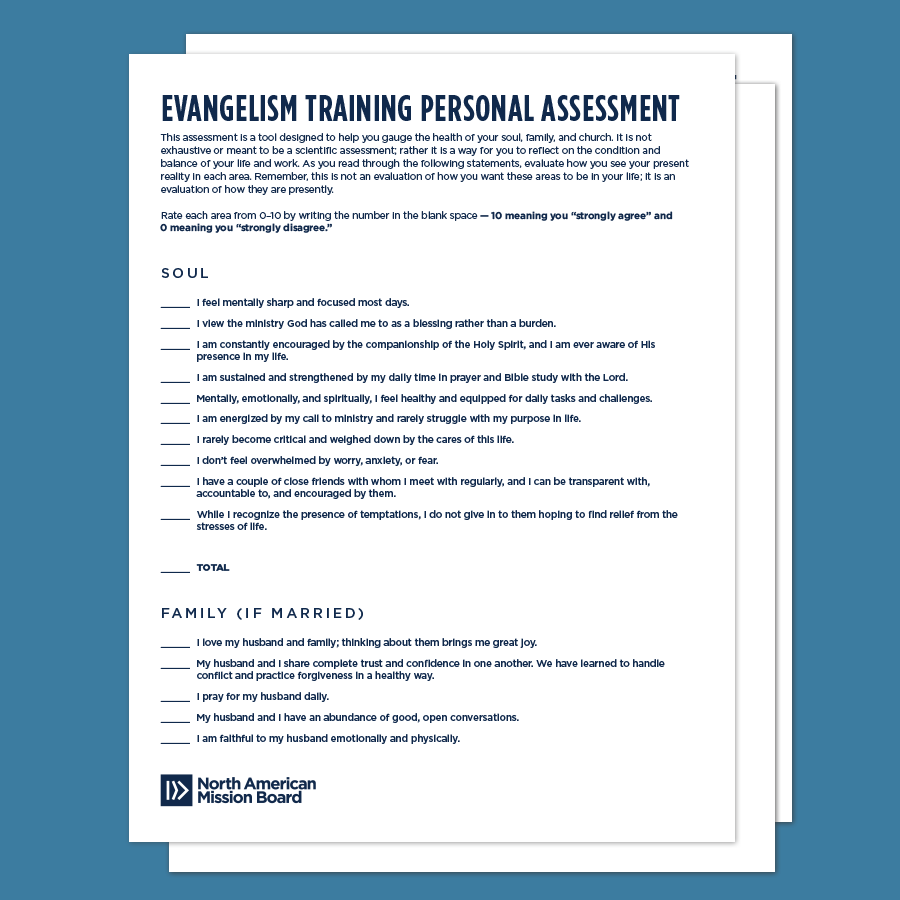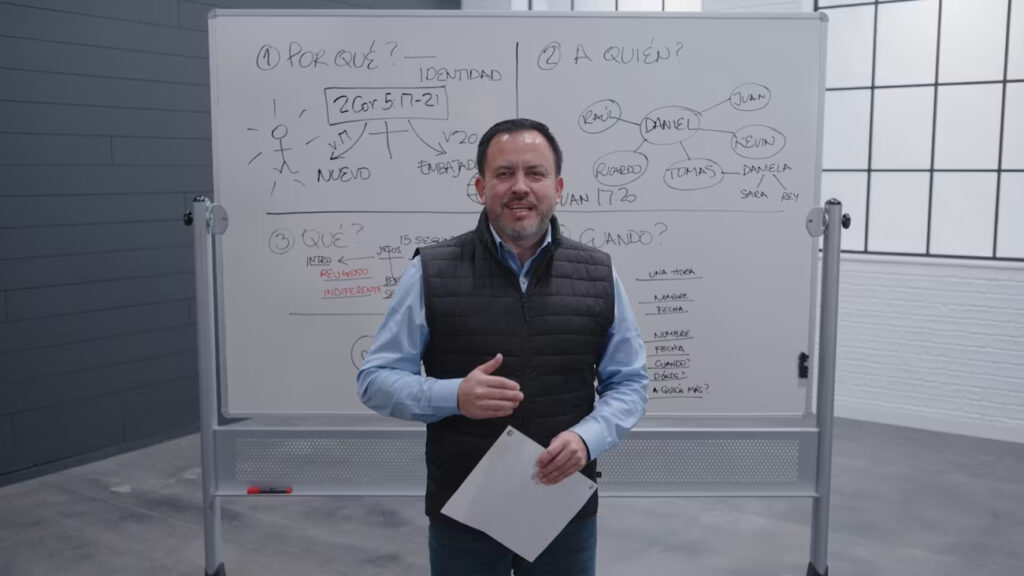One of the most frequent excuses given by Christians as to why they don’t share their faith, is “I don’t know how,” or, “I have never been trained.” I will be the first to say I believe in the importance of training, and I also believe even those with the gift of evangelism can always enhance their effectiveness with new approaches to the witnessing event.
However, I have always been puzzled by the first excuse, and when people try to use it, I ask this question: “If you don’t know how to tell someone else how to be saved, how do you know you are saved?” They then proceed to give me the one tool every Christian has in their bag—their testimony.
I am reminded of the story of the man who was asked by someone if he had ever been saved. He replied strongly in the affirmative. When asked how he knew he said, “Because I was there when it happened!” Well we were all there when it happened to us! One of the most powerful evangelistic methods at our disposal is our own testimony. In fact, one great testimony can be worth more than a thousand apologetic arguments.
Do you know what God’s greatest tool is to reach other people for Jesus Christ? You. Eighty-five percent of new believers come to faith in Christ through a friend or family member. God wants to take you and your story to reach people who are far from God with the hope of bringing them into a personal relationship with Christ.
In Acts 26, Paul shows us exactly what the components of an effective testimony are and how to share it with ease. Paul is standing before a king, and he takes this incredible opportunity to do one simple thing—share his story of how he came to have a relationship with Jesus Christ. Even though every story has the same components, every story will be different. But every story can be used by God to reach all kinds of people.
- Recount your life before Christ.
- Recall how you came to faith in Christ.
- Recommend your life after Christ.
Life before Christ
Every Christian life can be chronologically divided the same way our calendar is—B.C. (before Christ) and A.D. (after Christ). Paul begins telling his story to King Agrippa by describing his life B.C.(Acts 26:1-5).
Now, I for one, and perhaps many of you, can relate to Paul at this point, because Paul is candidly admitting that before he met Christ, he was a very religious person. He was a Hebrew by birth. That means he literally grew up going to the synagogue, but he wasn’t just an ordinary synagogue attender. He was a Pharisee. He was a part of the upper echelon of religious leadership.
He was an expert in the Old-Testament law. He knew the first five books of the Bible well. Whether it was his diet, his dress or his demeanor he was meticulously, painstakingly religious. Yet even though he was religious Paul realized he was a picture of every person born into this world.
Paul was not born a believer in Jesus Christ; he had to become one. No one is born a Christian. You must be born-again to become a Christian. The first birth gets you onto earth. The second birth gets you into heaven. It is the first birth that puts you in an earthly family, and it is the second birth that gets you an eternal family.
Your testimony may be totally different from Paul’s. Maybe you grew up with no religion, but one thing we all have in common is that before Christ we are all far from God, sinners who need a Savior.
Coming to faith
Paul shifts the conversation from his life before Christ to his experience of meeting Christ (Acts 26: 12-15) Here, all of us can relate to Paul, because we stand in the same position to him that he stood to all of the other disciples like Peter, James and John. The disciples knew Jesus in the chronological sequence of His birth, life, death and resurrection. Like Paul, we encounter Jesus Christ in the logical sequence of His resurrection, death, life and birth. From the moment Paul met Jesus Christ, he looked at everything and everybody through the keyhole of the resurrection. So do we!
He finally realized what everybody ultimately comes to realize when you meet Jesus, and that is you don’t need religion; you need redemption. You don’t need goodness; you need grace. You don’t need the law; you need the Lord. You don’t need a synagogue; you need a Savior. You don’t need a church; you need Christ. He then shares how he met Christ on the Damascus road.
Likewise, we all have a story of how we met Christ. You may not remember the exact day or time, but it is important that you know in your heart that the experience of receiving Christ has taken place. Your story is simply how you converted from trusting in anything other than Christ to Christ alone.
Even though Paul was standing before a king, he wasn’t on the defense; he was on the offense (Acts 26: 16-19). Paul tells Agrippa that Jesus saved him, so he, in turn, could tell other his story in hopes that others could also be saved.
Life with Christ
We should always end our testimony if possible with an appeal for the person hearing it to create his own testimony of receiving Christ. Agrippa admitted that he knew Paul was trying to persuade him to become a Christian (Acts 26: 28).
Agrippa didn’t come to Christ, but Paul was a tremendously successful witness, for he was faithful to sharing his testimony and leaving the results to God.
God has extended an RSVP to everyone who has ever been born and it is our job to get it to them. Our story is how we received and accepted our RSVP and we need to share that story with others. There are so many Agrippas waiting to hear it—we just need to share it.
Published May 30, 2018



